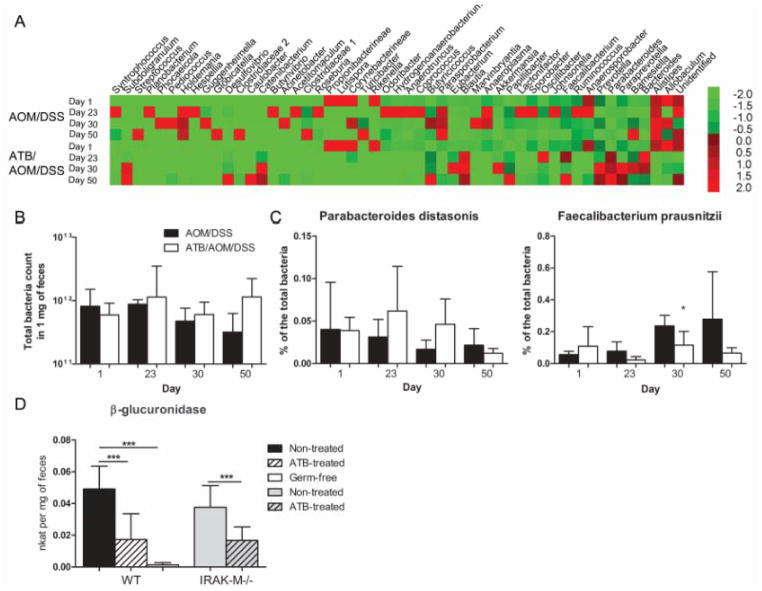Figure 2. Microbiota changes play an important role in the induction of colitis-associated cancer.
We collected and analyzed feces at the beginning, before and after DSS treatment and at the end of the experiment to describe the bacterial profile changes during tumor development. (A) Pyrosequencing demonstrates changes among the main fecal phyla of Bacteroidetes, Firmicutes and Proteobacteria during tumorigenesis determined on the level of genera. The heatmap is colored according to the relative abundance of the bacterial genera (green for low, red for high). (B, C) Continuous changes of fecal microbiota were assessed by quantitative PCR using specific primers. The data are normalized by the day 1. The total count of bacteria and the relative numbers of Parabacteroides distasonis and Faecalibacterium prausnitzii showed variability during tumorigenesis. (D) Activity of β-glucuronidase was measured in the colon content collected in the day of AOM injection from germ-free (GF), antibiotic (ATB)-treated and ATB-non-treated mice. The enzyme activity is significantly decreased by ATB treatment as well as in GF mice. The data are presented as mean ± standard deviation with * P<0.05, *** P<0.001.

